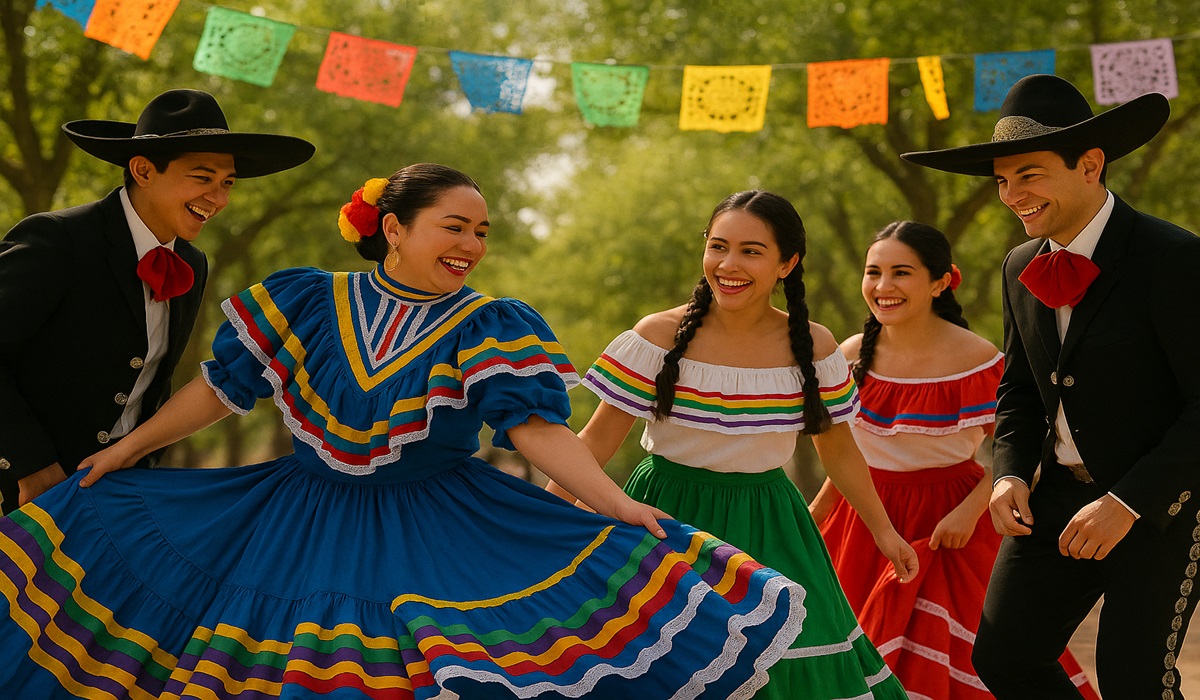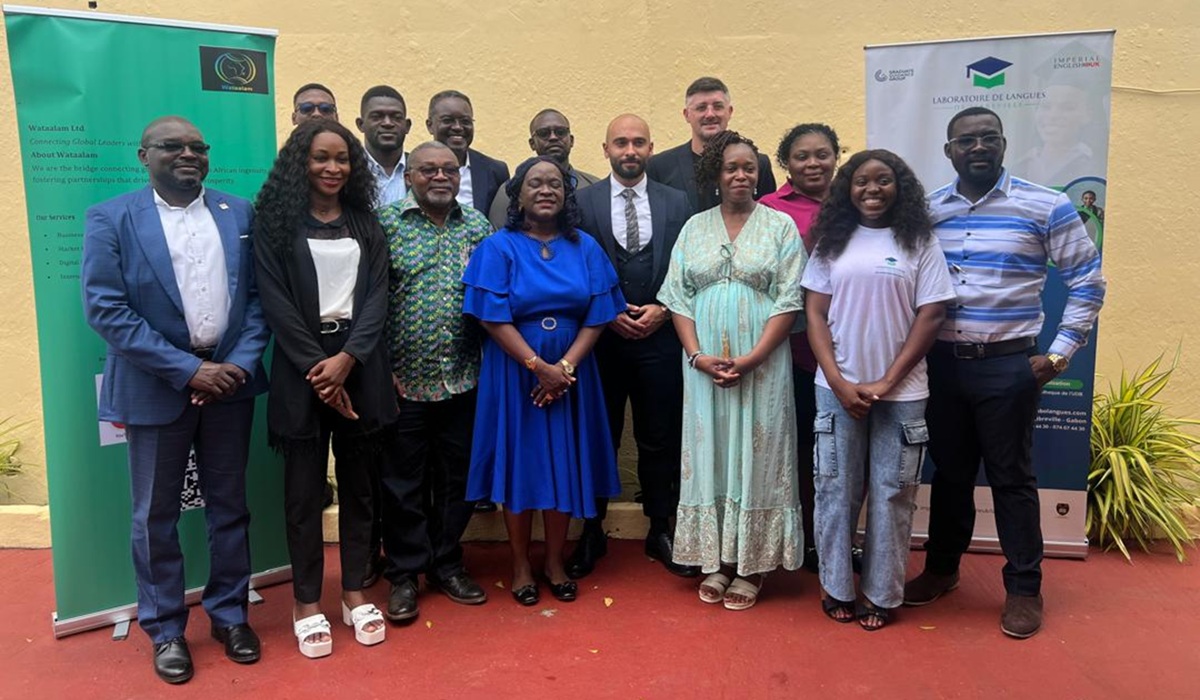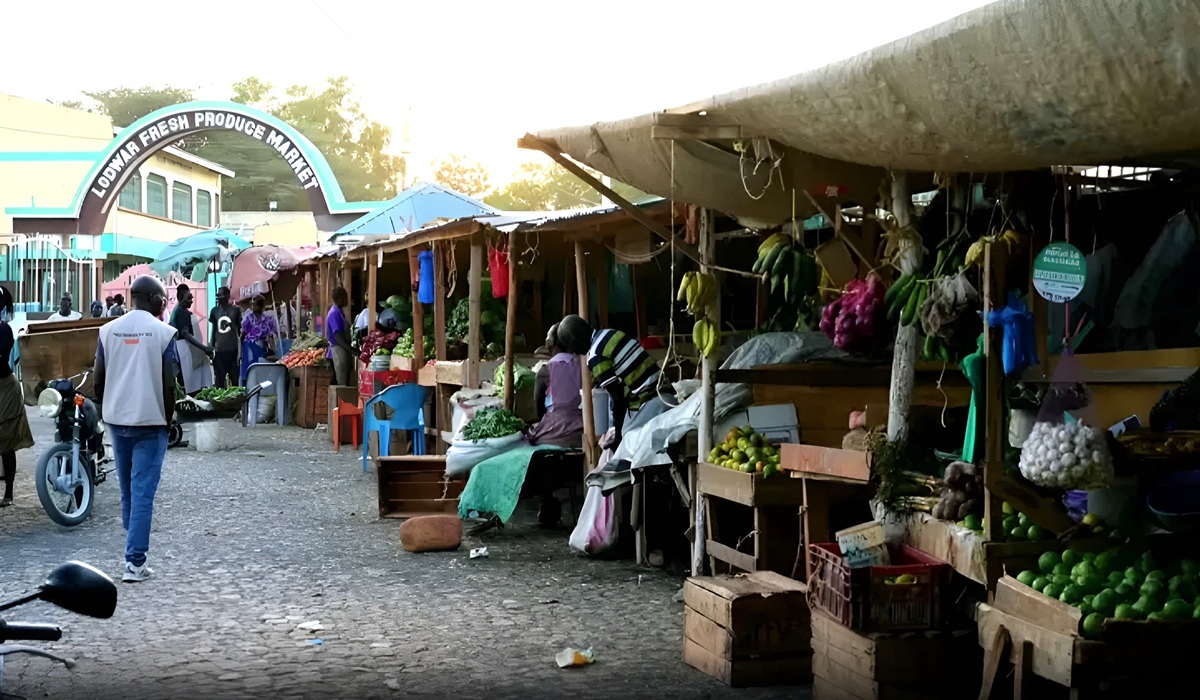Cinco de Mayo: A Celebration of Resistance Dimmed by Political Tensions
- Naomi Dela Cruz
- Africa
- May 5, 2025

Today marks Cinco de Mayo, a cultural celebration rooted in defiance and pride, but in many parts of the United States, the festivities are subdued—overshadowed by deepening political divisions and a climate of fear for many Mexican and Latin American communities under the Trump administration.
Contrary to popular misconception, Cinco de Mayo is not Mexico’s Independence Day—that falls on September 16. Instead, it commemorates the Battle of Puebla on May 5, 1862, when a ragtag Mexican army under General Ignacio Zaragoza scored an unlikely victory against the better-equipped French forces of Napoleon III. Though France would eventually occupy Mexico for a short period, that win became a potent symbol of resistance and resilience, especially for Mexican-Americans.
In the U.S., Cinco de Mayo gained traction during the civil rights movements of the 1960s when Chicano activists used it to celebrate their heritage and history of resistance. Over time, it evolved into a broader cultural celebration of Mexican identity, often marked by parades, music, folkloric dancing, and food festivals across cities like Los Angeles, Chicago, Houston, and New York.
But this year, celebrations feel more restrained.
A number of public events have either been canceled or scaled back, not because of weather or lack of interest—but due to the ongoing anti-immigrant rhetoric and policy climate that has cast a chilling effect on community gatherings. Under President Donald Trump’s administration, the crackdown on undocumented immigrants, the threats of mass deportations, the stalled DACA resolutions, and the attempt to militarize the southern border have all created a heavy atmosphere for Latin Americans—many of whom have roots in or connections to Mexico.
Community organizers in places like Arizona and Texas have reported lower turnout for events, citing fears of ICE raids and surveillance. “We’ve always seen Cinco de Mayo as a way to express who we are, to stand tall in our culture,” said Elena Martínez, a community leader in El Paso. “But now people are afraid to show up, especially in public spaces where they might be profiled.”
Even schools and local governments, traditionally partners in hosting family-friendly cultural showcases, are becoming more cautious. The irony is painful—on a day that celebrates a triumph over foreign oppression, Mexican-Americans in the U.S. are grappling with a system that seems increasingly hostile to their presence and contributions.
Critics also point to the commercialization of Cinco de Mayo, particularly in predominantly white spaces where it’s treated as a day for tequila shots and taco deals rather than honoring Mexican heritage. “It’s hard to watch,” said Jorge Castañeda, a retired educator. “While our people are being vilified, our culture is being exploited for profit.”
And yet, even in this environment, the spirit of Cinco de Mayo remains unbroken. In smaller gatherings, in the homes of families and the back rooms of cultural centers, songs are still being sung, stories still shared, tamales still served. For many, this quieter version of the holiday is a return to its roots—not flashy, but fiercely proud.
Cinco de Mayo was never just about a battle—it was about the courage to stand against overwhelming odds. That spirit, even now, lives on.








